I am putting the head back on my 110cc motor I took the timing chain sprocket off the camshaft when i dismantled it. I have know idea how to set up the timing and the site in the how to section does not really - im having trouble understanding it
get the motor at TDC, piston at the top, with the timing mark on the flywheel pointing straight up to 12 o'clock,
then the cam gear has a pointer at one tooth, this points to 9 o'clock
Firstly take the ignition cover off the engine. Turn the flywheel around until the letter T lines up with the small groove above the flywheel. This is T.D.C on your crankshaft . Then with your top valve cover off with a light check that the 2 cam lobes are facing towards the piston. In this position you should be able to line up the cam sprocket holes up with the cam holes and there is a small circle or arrow on the cam sprocket that should line up with a V groove at the 9 o'clock position on the head. Before fitting the sprocket to the cam,fit the timing chain to the cam sprocket then to the camshaft and then fit the bolts and tighten. Just make shore that you keep the T on the bottom of your engine lined up when you install the cam sprocket and chain to the camshaft. It would be good to check the valve clearances at this time there is a tutoral on this site on how to do this. I hope this helps you. I have done this many times but this is the first time i have had to explain it so i hope it is clear if anyone else would like to add to this they are welcome.

Last edited:
Don't these things have marks on the sprockets?
Can not find a mark on the crank shaft sprocket
This is the timing marks on the camshaft sprocket, note how the three bolts are sitting, that way you cant have the timing out 180 degrees.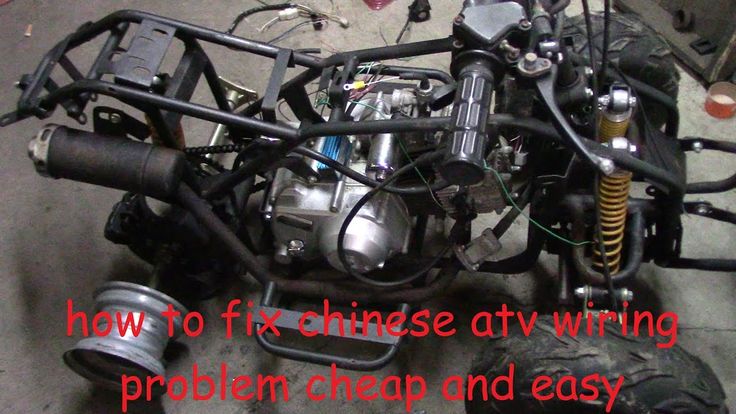
This is the timing marks for the flywheel, as long as the flywheel and the camshaft sprocket marks are aligned with the chain on then your timing is set
flywheel markings
camshaft gear markings
Hey i was trying to set it with the magneto off and did not see the marks Thanks for the photos. Because i took the cam sprocket off i am still confused with what you are saying
Because i took the cam sprocket off i am still confused with what you are saying
I have the crankshaft lined up on the t and the camshaft is between lobes is that right
the camshaft lobes are to face towards the piston
rotn50 said:
This is the timing marks on the camshaft sprocket, note how the three bolts are sitting, that way you cant have the timing out 180 degrees.

This is the timing marks for the flywheel, as long as the flywheel and the camshaft sprocket marks are aligned with the chain on then your timing is set
Click to expand...
See the cam sprocket picture, that explains how it should sit while the magneto is on the T
Thanks for yor response to this amateur Where is thetiming chain adjuster as i am having a real problem putting the cam sprocket and chain on
At the bottom of your engine on the ignition side it will be on a angle.
there is a bolt on the bottom/underneath of the motor, just back from the crank line
undo it and it will spring out, then there is no tension left on the chain
Thanks for your response, i could not find a mark on the camshaft housing but tried to set it up on your info and it came up good. The bike is running awsome
The bike is running awsome
aah i get you, just done it and the engine fired up great, thanks for the help, those pics are really usefull.
Engine timing is mission-critical. Getting this stuff wrong can spell big trouble. If you suspect timing is out, best not to run the motor.
Checking ATV engine camshaft and crankshaft timing marks is the correct way to verify timing. It’s a simple 4 step process:
By the end of this post, you’ll understand clearly how to check your ATV engine timing marks, why timing jumps and how to fix it, and also other causes of bad timing.
Page Contents
Timing is everything, every component of your engine has an important job to do, and some components have to do it at a very precise moment in the engine cycle. Doing their job too early or too late can make the difference between an engine on full song and no singing at all.
The bottom end of your engine (crankshaft) coordinates the top end (valve train). It employs sprockets, chains, tensioners, and guides rails to keep everything in time. The valves positioned in the cylinder head open and close sequentially, allowing fuel in and spent gases out.
The spark plug needs to fire at the correct time. Ordinarily, when the engine is idling, the plug fires when the engine is at TDC, and it signifies the beginning of the power stroke.
As the engine speeds up, though, the plug is fired earlier. Know as BTDC (Before Top Dead Center), this is because the spark plug takes time to produce a spark. Starting the process early, therefore, means the plug continues to fire at the sweet spot in the engine cycle.
Know as BTDC (Before Top Dead Center), this is because the spark plug takes time to produce a spark. Starting the process early, therefore, means the plug continues to fire at the sweet spot in the engine cycle.
The firing, advancing, and retarding of the spark plug is controlled by the trigger (aka pulse, pickup, or crankshaft sensor (CKP)) and the CDI box (Capacitor Discharge Ignition).
An ignition timing issue may be caused by a faulty CDI box or an incorrectly positioned pickup sensor.
Your ATV engine is a four-stroke simply because it has four clearly defined stages in its operation.
The piston moves down the cylinder and draws fuel mix in through the open intake valve.
The piston moves up the cylinder, compressing the air-fuel mix (valves closed).
Plug fires and the piston moves down the cylinder powering the crankshaft (valves closed).
The piston moves back up the cylinder forcing spent gases out the open exhaust valve.
And the cycle starts over.
There may be lots of reasons why your ATV engine doesn’t sound or operate like normal. Timing is not one of the first items checked unless it suffers from some of the following symptoms:
Don’t rule out some of the simple causes first and they include the following:
Checking your timing is a straightforward procedure, but you’ll likely need to remove a few items to gain access.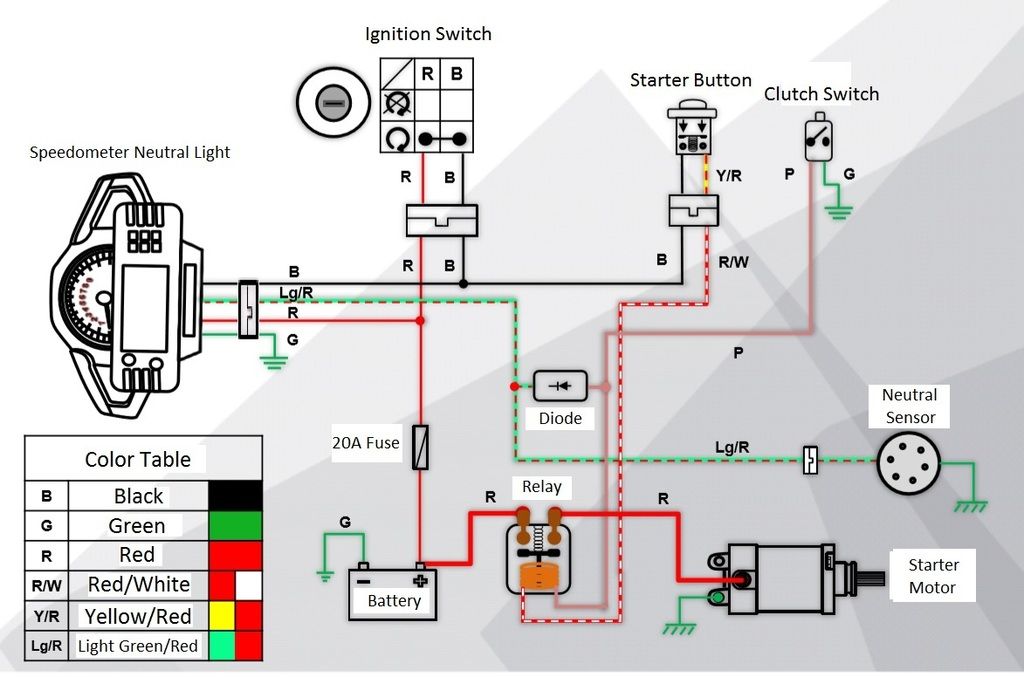 This guide guesses that your engine is an Over Head Cam found in most modern ATVs. I’ve included a single and a twin-cam, your timing markings will likely be different but not to worry, from the timing diagrams below, you’ll get the picture.
This guide guesses that your engine is an Over Head Cam found in most modern ATVs. I’ve included a single and a twin-cam, your timing markings will likely be different but not to worry, from the timing diagrams below, you’ll get the picture.
The process goes like this:
 It should align with the mark on the cylinder head.
It should align with the mark on the cylinder head.For twin-cam engines, the process is similar, with just an extra sprocket mark to line up. Typically, both sprocket marks align with the horizon plain of the cylinder head (marked as red lines below) and some sprockets may have an additional mark (not in the pic below), and typically they point straight upwards (90°).
The timing chain and valve train are all mechanical and require adjustment and maintenance for trouble-free service.
The more usual causes of jumped timing include:
Resetting the timing can be a pain in the ass, but you do need to get it correct. If the timing isn’t correct, the piston could impact the valves, causing some very expensive repairs. Your very first job is to find a manual for your engine. The process, torque specs, and tightening sequences vary from engine to engine.
Critical information and tools
You’ll need to know your timing marks, torque specs, fastener sequences, and you’ll need a torque wrench. You’ll find a list of all the tools I use here on the ATV tools page.
This guide will give you a general flavor of the job ahead.

A full inspection of the chain, sprockets, guides, and tensioner is advised. A failing tensioner is a very common cause of jumped timing, and obviously, if root causes aren’t fixed, timing will jump again and maybe with costly consequences.
You may find these posts useful:
How often to service an ATV?
ATV parts page
ATV won’t jumpstart
Air-cooled ATV white smoke
Will ATV start with a bad stator?
John Cunningham
John Cunningham is a technical writer here at ATVfixed.com. He’s a Red Seal Qualified Service Technician with over twenty-five years experience. He’s worked on all types of mechanical equipment, from cars and trucks to ATVs and Dirt bikes.
How to adjust the carburetor on an ATV? What to pay attention to? What are the signs of misuse of the device? About this today in our article. Using the proposed instructions, you will be able to set up the carburetor step by step without the help of specialists.
For stable operation of the ATV, it is necessary that the engine receives the optimal amount of combustible mixture corresponding to its rev range. Otherwise, the following problems may occur:
What needs to be applied in this case:
Important! Carry out tuning only when the carburetor is cleaned outside and inside, as well as when the engine is warmed up to operating temperature.

 2 so that the power unit reaches maximum speed - approximately 2-2.5 turns.
2 so that the power unit reaches maximum speed - approximately 2-2.5 turns. Note. The location of the bolts on each carburetor model may vary, so read the instructions that came with your machine.
1. Start the ATV and test ride. Wait until the engine has completely cooled down.
2. Check the condition of the spark plug. To do this, unscrew the cap and inspect the candle.
What to look for:

3. Unscrew the needle cover at the top of the carburetor. Pull the needle. This is the main element that regulates the supply of fuel to the combustion chamber, since the needle is connected to the gas trigger. When the trigger is pressed, the needle rises, slightly opening the hole for supplying the fuel mixture. This directly affects the growth of power and speed of the ATV.
When the trigger is pressed, the needle rises, slightly opening the hole for supplying the fuel mixture. This directly affects the growth of power and speed of the ATV.
4. Remove the cable, then press the needle to pull it out. The needle has 5 grooves and a retaining ring. By default, it is set to medium. The lower the retaining ring is located, the higher the needle is raised, which means that a lot of gasoline and little air is supplied. Accordingly, the higher the ring - the less gasoline and more air.
5. Reposition the circlip in the desired direction to optimize carburetor performance. Insert the needle into place.
6. Start the engine and press the throttle trigger. With proper adjustment, the engine should not stall from a sharp pressure.
And remember, you should resort to adjusting the needle only as a last resort, when adjusting the quality and quantity screw does not bring results.
The performance of a four-wheeler depends on the correct level of gasoline in the carburetor. An excessive amount will flood the candles, spill onto the ground and lead to unnecessary expenses. If there is too little fuel, the engine simply will not start.
An excessive amount will flood the candles, spill onto the ground and lead to unnecessary expenses. If there is too little fuel, the engine simply will not start.
How to optimize the fuel supply
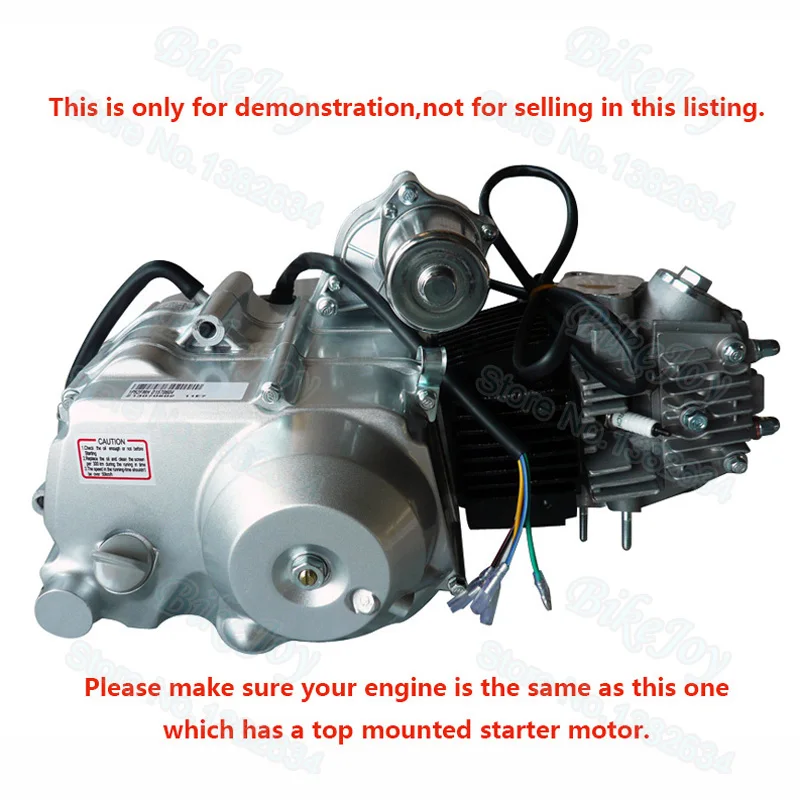
The operation and life of the engine directly depends on the quality of the fuel mixture. The carburetor is responsible for the preparation of the composition, but after prolonged use of the equipment, the settings “go astray”. This results in:
 Traction can disappear for one or several seconds. But the most unpleasant thing is that such failures occur sequentially, which significantly interferes with speed gain.
Traction can disappear for one or several seconds. But the most unpleasant thing is that such failures occur sequentially, which significantly interferes with speed gain. Many riders who decide to buy an inexpensive ATV simply do not spare the technique and ignore this procedure. But even if you plan to change your device in 1.5-2 years, adjustment is needed. The reason for this is increased fuel consumption. A quad with an untuned carburetor "eats" 30-40% more gasoline, and these are tangible costs.
So how do you adjust the carburetor on a Chinese ATV? For this you need:
 The procedure is performed using a special screw, which is responsible for the quality of the composition and the number of revolutions.
The procedure is performed using a special screw, which is responsible for the quality of the composition and the number of revolutions. However, it is important to remember that all adjustments are made only with a "clean" carburettor. This means that the rider needs to remove all the dirt from the node and flush the system to remove condensation and sediment from it.
Note: The engine must be warmed up to operating temperature immediately before adjustment.
To set the carburetor idle speed, the float chamber must first be cleared of fuel. To do this, start the ATV, close the fuel cock and wait until the machine stalls (5-10 minutes). To speed up the process, you can take a little ride on the quadric. Of course, gasoline can be drained, but in any case you will have to warm up the device, so the first method of "removing" gasoline is more effective.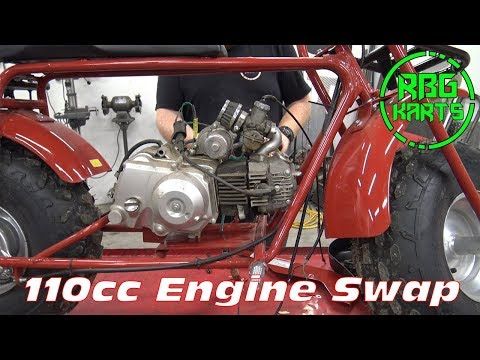
Then:
Read the manual before adjusting the carburetor on a 125cc ATV to be sure. Remember that the location of the bolts is different in different devices, so read the documentation in advance.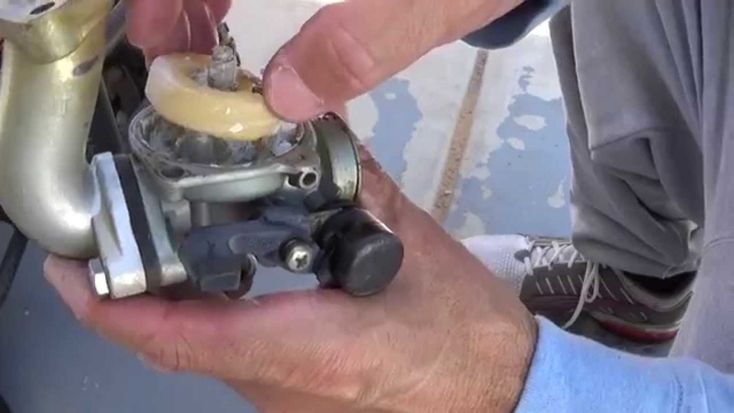
To evaluate the quality of the fuel composition, make a test run. After that, unscrew the candle, and evaluate its condition. If it is:
Also look out for these "symptoms": damaged tip (electrode failure), oil deposits (damage to rings and caps), chips and inclusions (sign of motor failure).